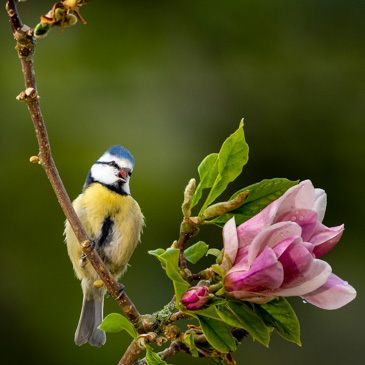Damselfly photography
I took these pictures of damselflies (banded demoiselle, Calopteryx splendens) in Ladderedge Country Park. I first noticed them flitting about on a walk by the canal feeder. I’d never seen them before and I’ve always admired photographs of these insects, so I made a note to go back with my camera. I re-visited the site over the next two days with a long lens and a tripod.
I took some images of the insects when stationary and some when they were in flight. The blue insect is the male; the green is the female.
Olympus OM-D EM-1 Mark 2 with Panasonic Leica 100-400mm f/4-6.3 lens at 400mm. 1/250s, f/6.3 ISO 200. Focus stack of 15 images.
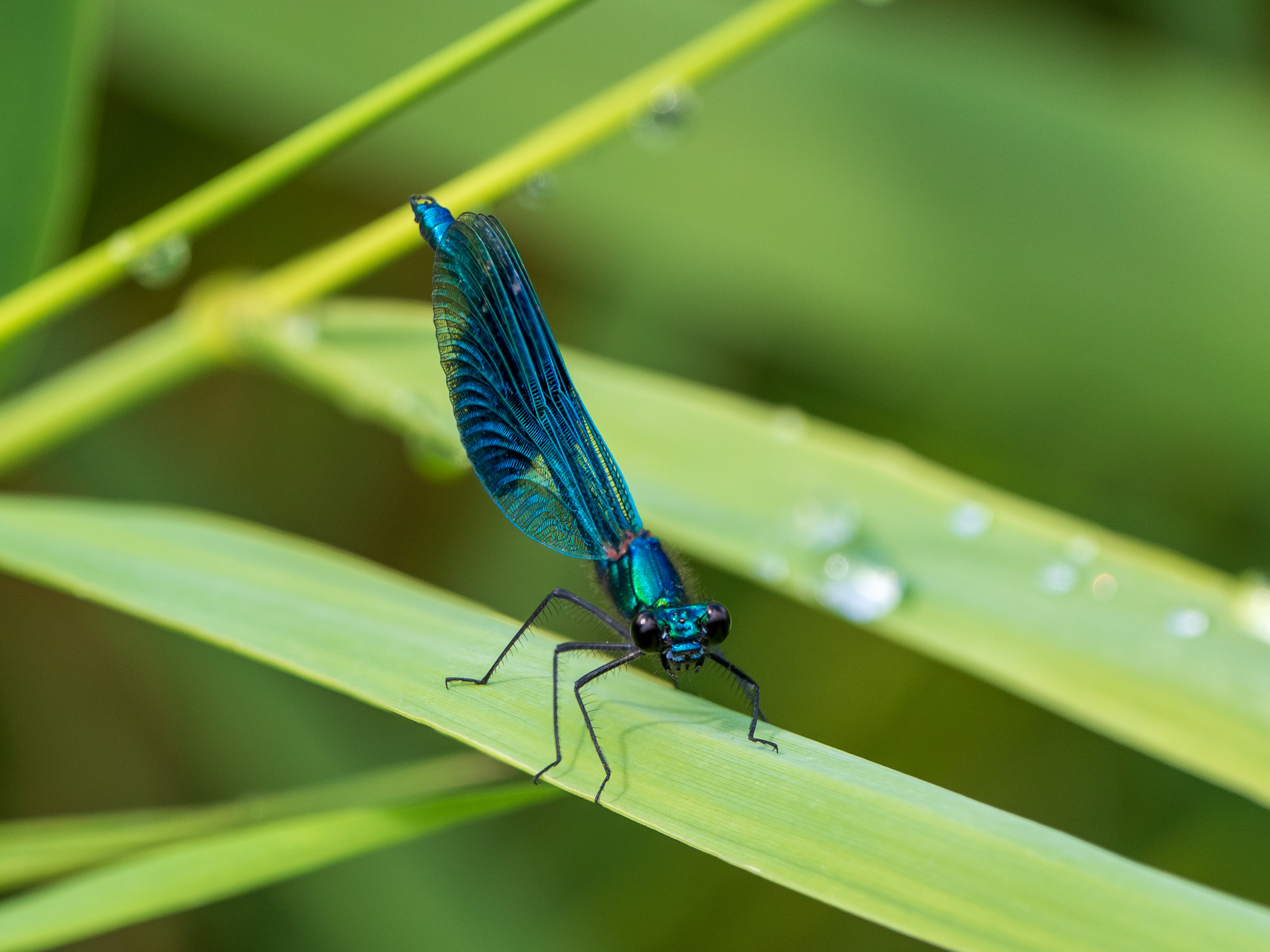
Olympus OM-D EM-1 Mark 2 with Panasonic Leica 100-400mm f/4-6.3 lens at 400mm. 1/2000s, f/7.1 ISO 2000.
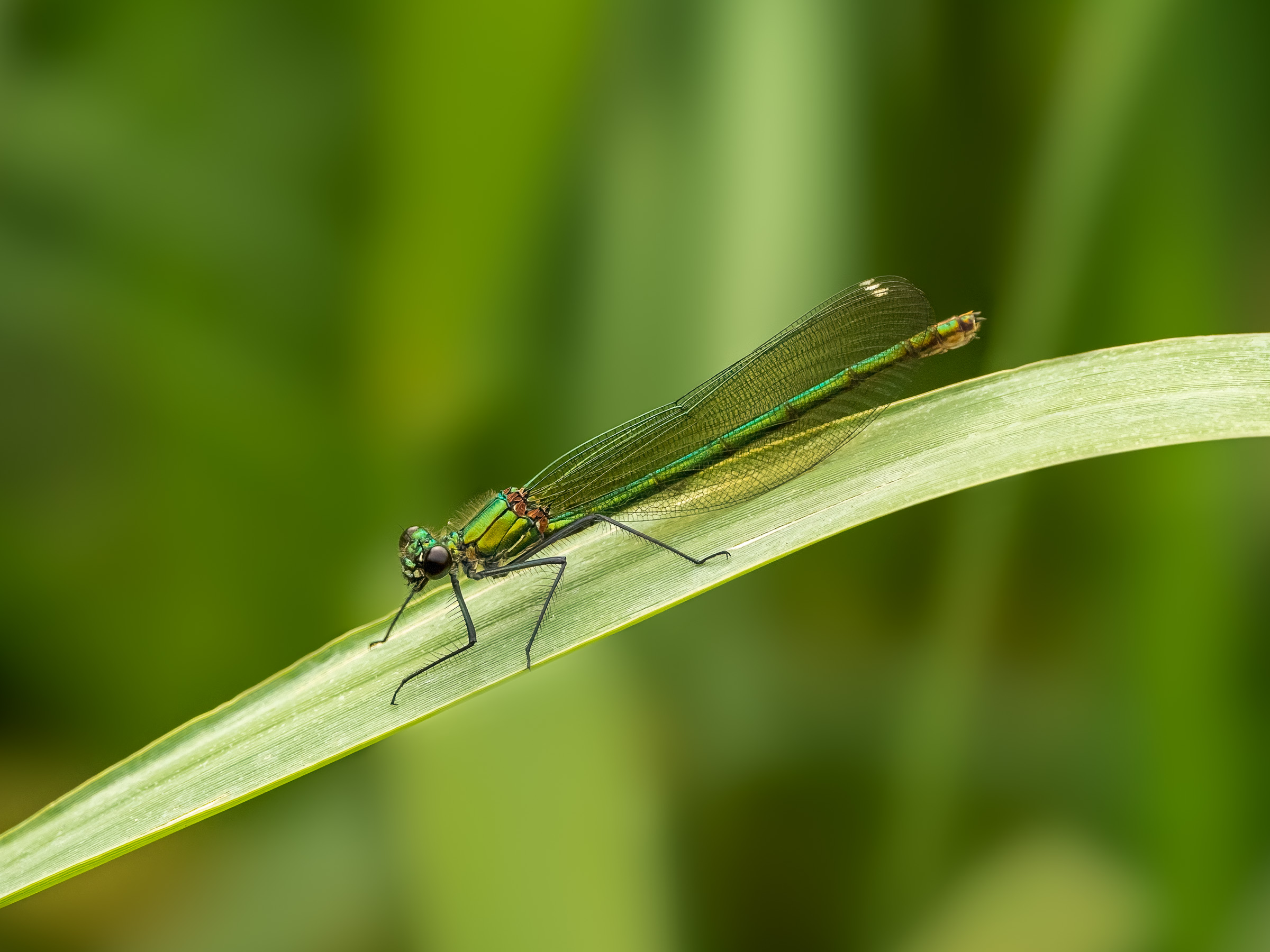
Getting stationary shots of damselflies is fairly easy, especially when you take your time composing the image on a tripod. I particularly like these two images: in this first picture it’s cleaning its abdomen.
Olympus OM-D EM-1 Mark 2 with Panasonic Leica 100-400mm f/4-6.3 lens at 400mm. 1/640s, f/8 ISO 800.
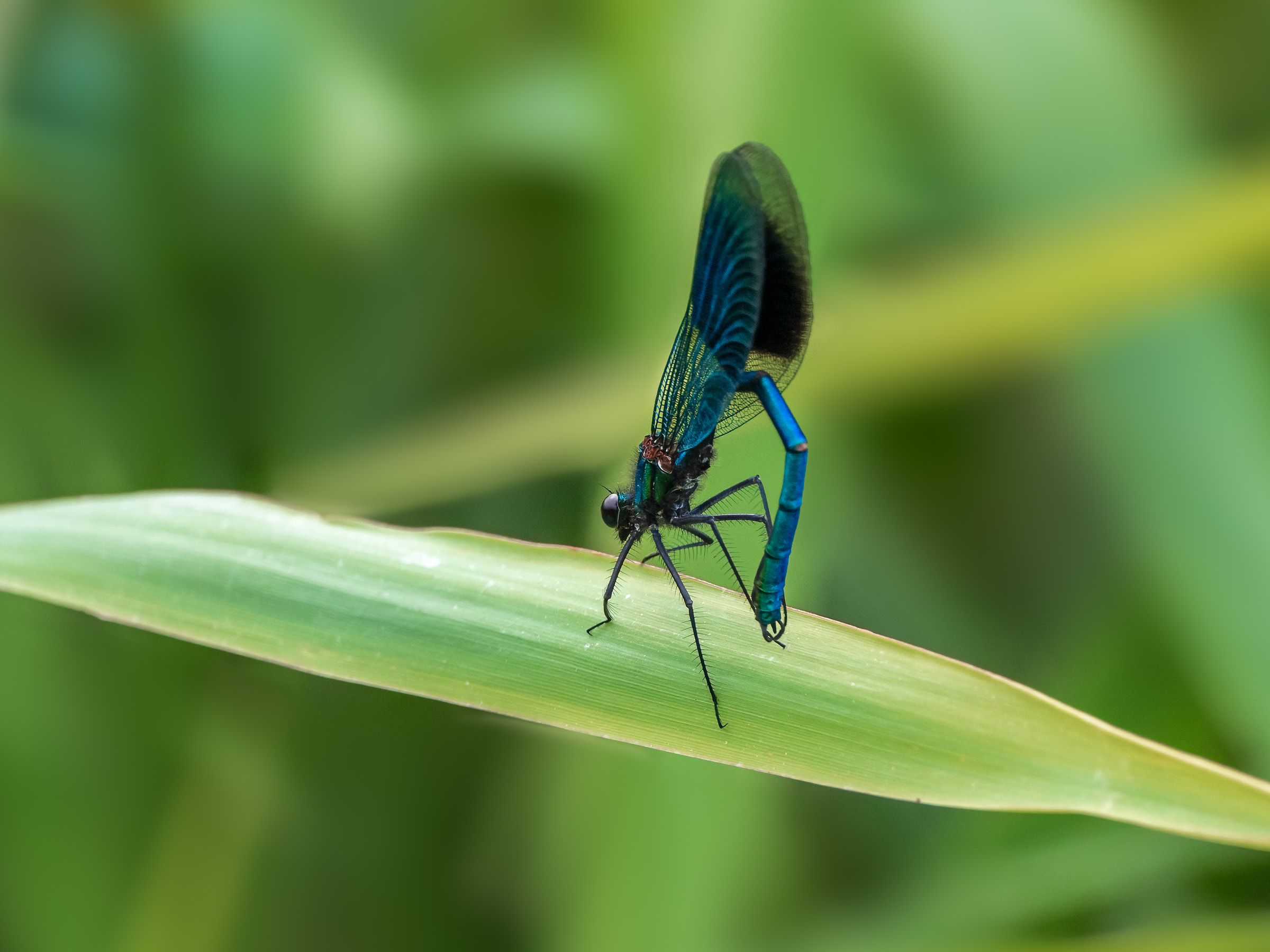
In this side-on shot, the damselfly is on a rain-splattered leaf.
Olympus OM-D EM-1 Mark 2 with Panasonic Leica 100-400mm f/4-6.3 lens at 400mm. 1/320s, f/6.3 ISO 200.
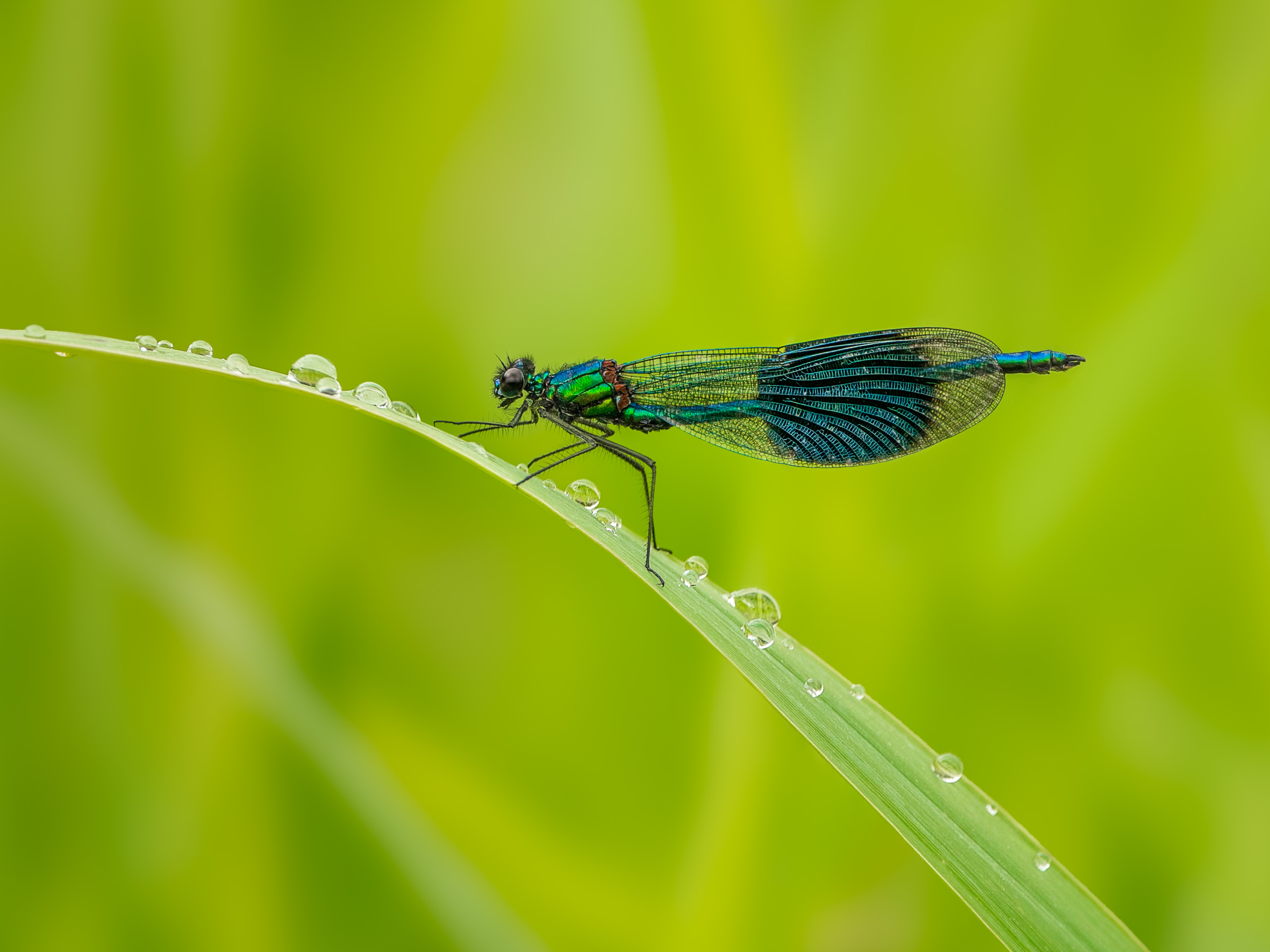
In this image, the damselfly was on a different kind of grass, so it stands out more on the green background.
Olympus OM-D EM-1 Mark 2 with Panasonic Leica 100-400mm f/4-6.3 lens at 400mm. 1/2000s, f/6.3 ISO 1000.
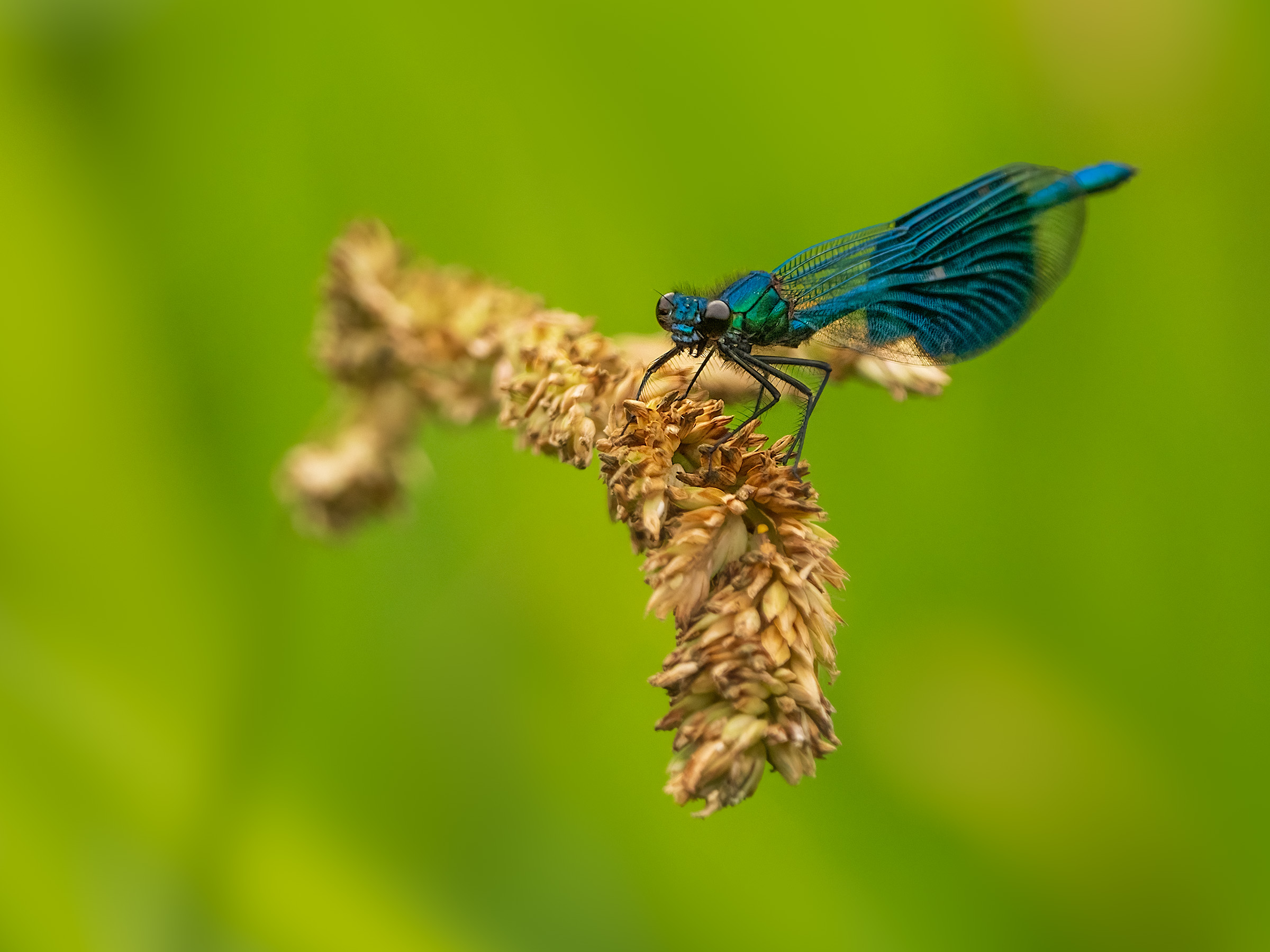
But getting photographs of a damselfly in flight seemed impossible at first. Unlike birds, they don’t seem to give off any signal that they are about to take flight and by the time you’ve noticed, the damselfly is already out of your frame. So for the in-flight shots I used the Olympus Pro Capture feature, which buffers half-a-second’s worth of images but doesn’t store them until you depress the shutter. So, as long as I could react in about half a second, I should get a shot.
This kind of photography pushes Micro-Four-Thirds camera technology to its limits. To reduce motion blur, I needed to shoot at a fast shutter speed (at least 1/2000s). That meant I needed to use a high ISO setting (at least ISO 1600) and a wide aperture (f/6.3 was the widest on my lens). At a 400mm focal length (equivalent to 800mm on a full frame camera) this results in a very narrow depth of field. The consequence of all this is that just a few of the in-flight shots have the eyes in focus. I burnt through my memory card with Pro Capture shots (60 per second) but I did manage to get a couple that were in focus.
Olympus OM-D EM-1 Mark 2 with Panasonic Leica 100-400mm f/4-6.3 lens at 400mm. 1/2000s, f/6.3 ISO 1600.
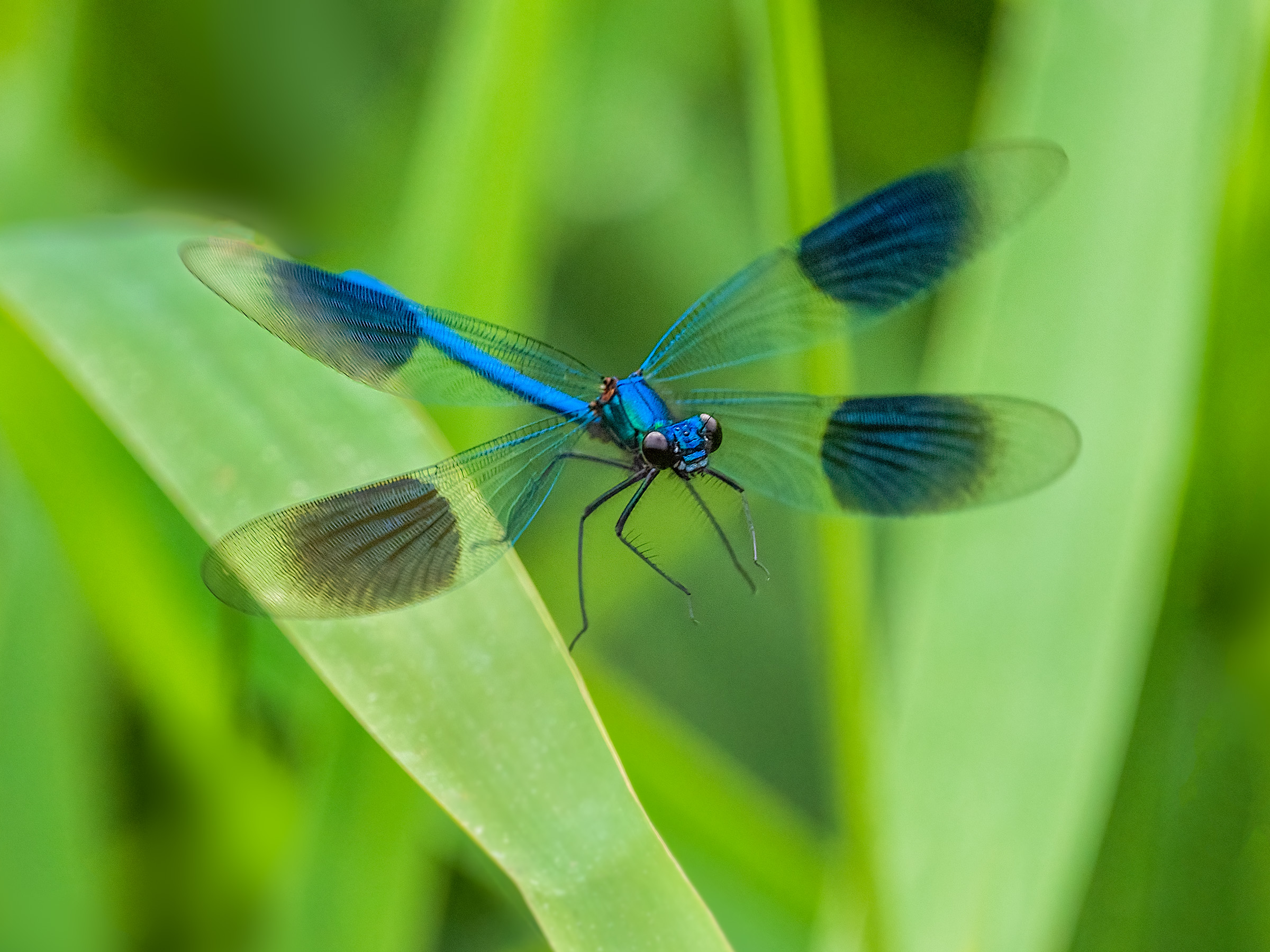
Olympus OM-D EM-1 Mark 2 with Panasonic Leica 100-400mm f/4-6.3 lens at 400mm. 1/5000s, f/6.3 ISO 3200.
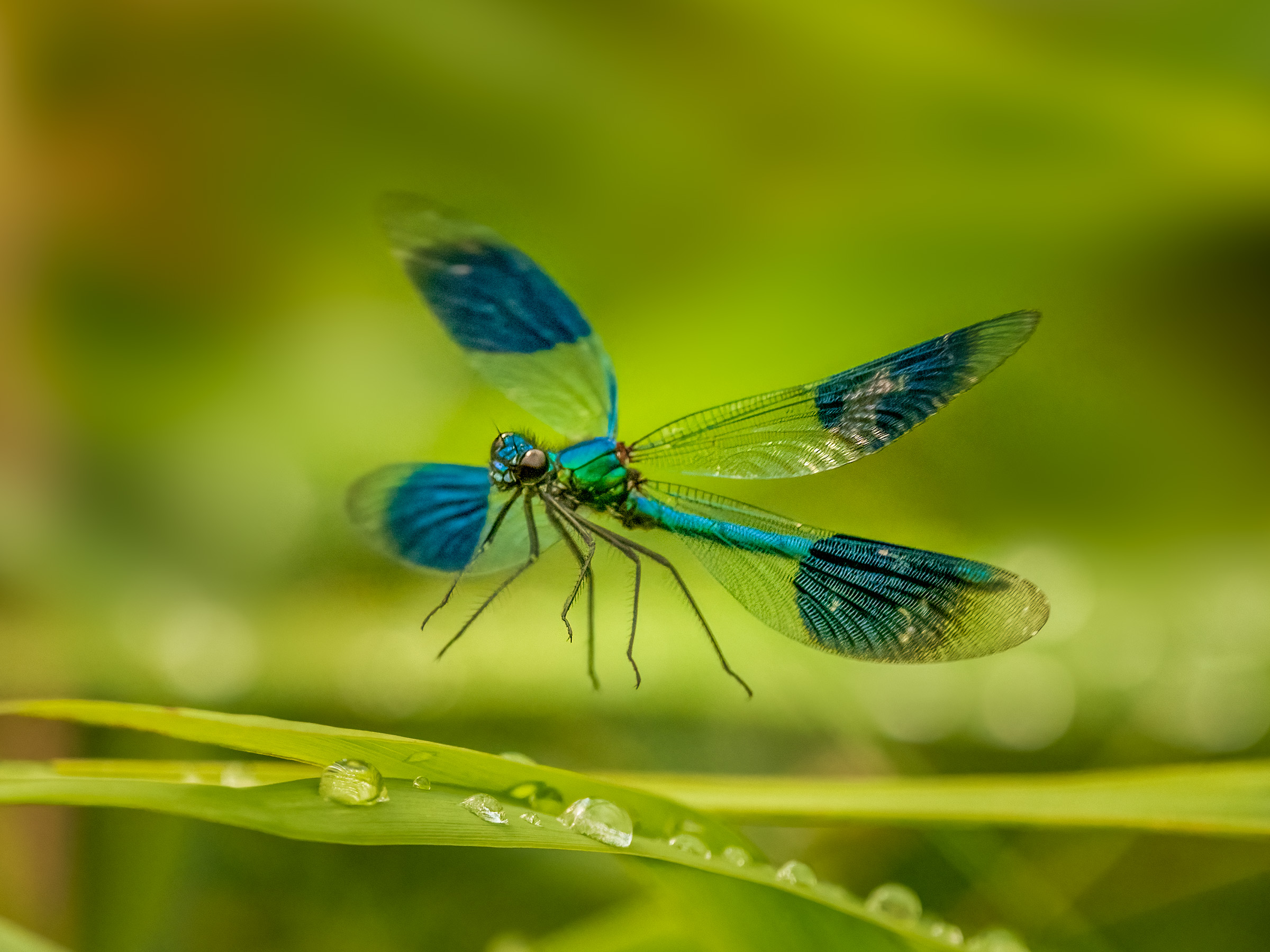
The canal bank was covered in reeds and grass and this made it difficult to get a tidy frame. It’s hard to clear things away, because as soon as you move, the damselfly takes flight. So I’ve done some post-processing on these images to remove distractions.
